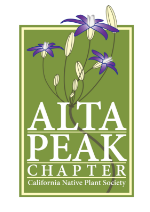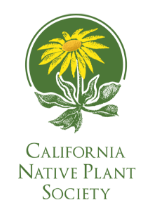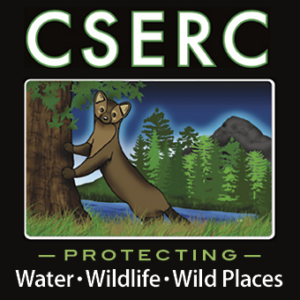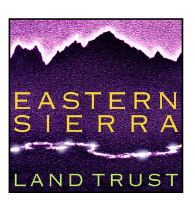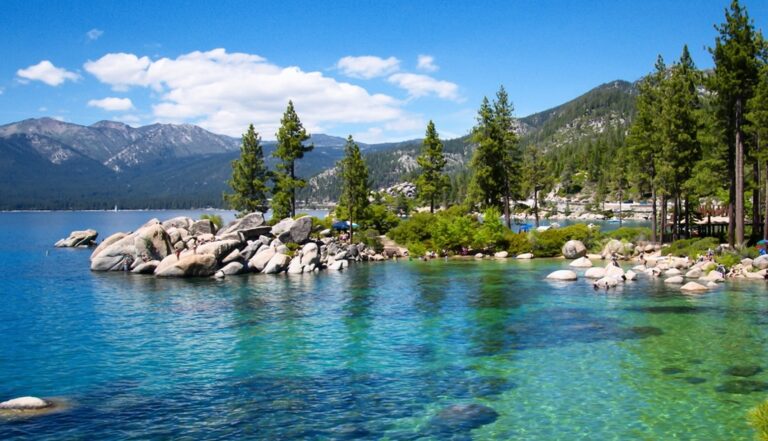Sierra Nevada Region
Sierra Nevada Region
From towering granite peaks to rolling foothills and lush forests, from high deserts to crystal-clear lakes and expansive meadows, the Sierra Nevada is home to some of the state’s most biologically diverse and unique landscapes. The region includes the Sierra Nevada range, Mono Basin, Owens Valley, Modoc Plateau, and parts of the southern Cascade range and Klamath Mountains – a vast area that includes all or part of 24 counties in California. Regional priorities include conservation of natural resources, restoring habitat connectivity, watershed restoration, land stewardship, outdoor recreation, and climate-resilient communities.
Sierra communities and ecosystems are facing unprecedented risks that climate change will only exacerbate. Modern wildfires are burning at far higher severity. Forests are overgrown and suffering from drought and higher temperatures, and meadows and streams are degraded and in need of protection. All this threatens the Sierra’s ability to sequester carbon in its forests, protect the state’s water supply, provide wildlife habitat, offer unique opportunities for outdoor recreation, and support our rural communities.
More than 60% of California’s animal species and 50% of its plant species call Sierra home. Across the range, 92 animals are identified as species of greatest conservation need and over 200 species of plants found nowhere else in the world are listed as either rare or threatened – including Earth’s oldest and largest trees! Habitat restoration, protection, and connectivity are crucial for conserving Sierra’s biodiversity.
A future with a greater likelihood of extreme events like storms, multi-year droughts, and wildfires – all of which climate change will exacerbate – poses serious risks to the health of Sierra Nevada ecosystems and communities. Climate change impacts in the Sierra will be felt by local communities and by millions of downstream water users throughout the state. A climate-resilient Sierra will have sustained land stewardship, improved habitat connectivity, and increased protection for watersheds.
This region plays a critical role in California’s water system. Over 75% percent of Californians drink water that originates in the region. Snowpack is a critical form of water storage, and forests and meadows play important roles in ensuring water quality and reliability. But our headwaters are threatened by overcrowded forests, degraded meadows, and a changing climate. We must protect and restore these watersheds to safeguard California’s water supply.
With some of the world’s most outstanding natural features, such as Yosemite Valley, Lake Tahoe, the giant Sequoias, and the Eastern Sierras, the region attracts visitors from throughout the country and the world. The future of outdoor access in the Sierra is intrinsically dependent on healthy ecosystems.
Since time immemorial, Tribal Nations in the Sierra have diligently maintained relationships of reciprocity with cultural landscapes that have ensured legacies of biological diversity and abundance. The 30×30 initiative is changing history by investing in Tribal-led endeavors to protect nature and in initiatives that are reestablishing their traditional roles as guardians of Sierra’s lands and water.
Getting involved in Sierra Nevada conservation work is crucial to protecting the land and its diverse ecosystems. Meeting the 30×30 goals requires collective action to preserve the remaining natural areas, restore degraded habitats, and build climate-resilient watersheds and communities. Contact us for more information on how you can help safeguard the region and build thriving communities.
Get Involved »
Featured Projects
To explore the map, use the toggle on the left to select different layers for viewing specific information. Click on the dots on the map to view information about each project. Click the search icon in the upper right corner to find addresses or locations. You can zoom in or out using the map’s zoom controls and pan by clicking and dragging. To reset the view, simply click the home icon. Enjoy exploring!
Sierra Nevada Videos
Power In Nature News
For more news and upcoming events, visit Take Care Sierra and Sierra Nevada Alliance‘s events page.
